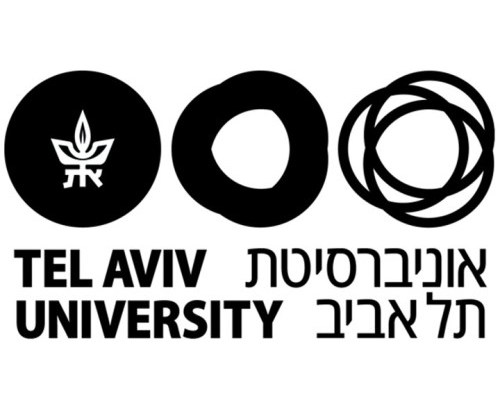Introduction#
Overview#
Molecular simulations have become an invaluable tool in scientific research in the last decades. They serve as a “virtual microscope” providing insight, with atomic resolution, into the dynamics of important chemical, physical and biological processes ranging from atmospheric reactions to protein folding and crystal nucleation.
In this course, you will learn the theory behind the two most important methods of our field - Molecular Dynamics (MD) and Monte Carlo (MC) simulations. You will also gain hands-on experience in implementing these algorithms in modern, open-source software using GitHub and the Python programming language. But first, we will go over the fundamentals of classical mechanics and statistical mechanics, which we will rely on during the course. These notes are based on the authoritative book by Professor Mark E. Tuckerman of New York University, Statistical Mechanics: Theory and Molecular Simulations [1]. Additional reading material can be found in the course syllabus, such as Computer Simulation of Liquids [2] by Allen and Tildesley.
Bonus credit
This course will also feature a competition, how exciting! While you read the notes, will undoubtedly find typos, errors and mistakes. You can submit corrections to the notes by opening a pull request on Github (more about this later). The person that will submit the most approved pull requests will get a 5-points bonus to the final grade. Hint: find one deliberate typo in this page to practice on.
References#
- 1
Mark Tuckerman. Statistical Mechanics: Theory and Molecular Simulation. Oxford Graduate Texts. Oxford University Press, Oxford, New York, February 2010. ISBN 978-0-19-852526-4.
- 2
Michael P. Allen and Dominic J. Tildesley. Computer Simulation of Liquids: Second Edition. Oxford University Press, Oxford, 2 edition, 2017. ISBN 978-0-19-880319-5. URL: https://oxford.universitypressscholarship.com/10.1093/oso/9780198803195.001.0001/oso-9780198803195 (visited on 2022-02-17), doi:10.1093/oso/9780198803195.001.0001.
- 3
Giovanni Bussi and Alessandro Laio. Using metadynamics to explore complex free-energy landscapes. Nature Reviews Physics, 2(4):200–212, April 2020. URL: https://doi.org/10.1038/s42254-020-0153-0, doi:10.1038/s42254-020-0153-0.
- 4
Omar Valsson, Pratyush Tiwary, and Michele Parrinello. Enhancing Important Fluctuations: Rare Events and Metadynamics from a Conceptual Viewpoint. Annual Review of Physical Chemistry, 67(1):159–184, 2016. _eprint: https://doi.org/10.1146/annurev-physchem-040215-112229. URL: https://doi.org/10.1146/annurev-physchem-040215-112229, doi:10.1146/annurev-physchem-040215-112229.
